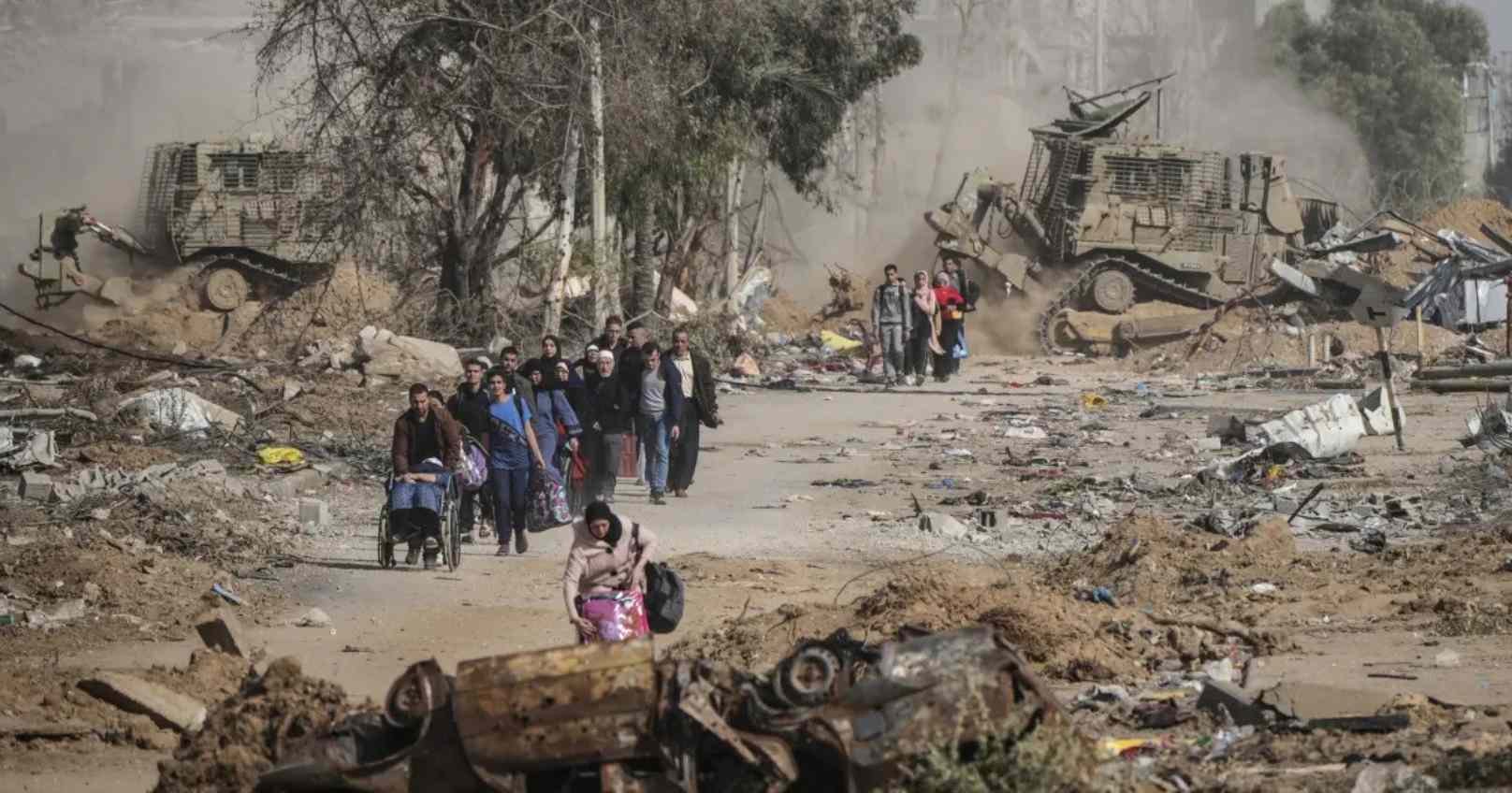India sees active COVID-19 cases rise above 3,000, with Kerala, Maharashtra, and Delhi hardest hit amid new Omicron sub-variants
India’s active COVID-19 cases have surged past 3,000, fueled primarily by infections in Kerala, Maharashtra, and Delhi, as the country experiences a fresh wave of the virus. According to data from the Ministry of Health and Family Welfare, there were 3,395 active cases reported on Saturday morning — a sharp increase from just 257 active cases recorded on May 22 and 1,010 cases on May 26.
Between Friday and Saturday, India reported 685 new COVID-19 cases along with four fatalities.
States most impacted by the rise
Kerala remains the epicenter of the current wave, reporting 189 new infections on Friday and currently having 1,336 active cases. Maharashtra follows with 467 active cases, Delhi with 375, and Gujarat with 265. Other states experiencing increasing infections include Karnataka (234), West Bengal (205), Tamil Nadu (185), and Uttar Pradesh (117). Smaller spikes have also been noted in Rajasthan, Puducherry, Haryana, Andhra Pradesh, and Madhya Pradesh.
India has recorded 26 COVID-19 related deaths so far this year.
What’s behind the surge?
The Indian Council of Medical Research (ICMR) has identified several Omicron sub-variants driving the recent increase in cases. These include LF.7, XFG, JN.1, and NB.1.8.1, with the first three being more prevalent. Dr. Rajiv Behl, ICMR chief, noted that the rise in cases initially started in southern India, then moved to the west, and is now spreading in the north.
These cases are under close observation via the Integrated Disease Surveillance Programme (IDSP).
Severity and outlook
Dr. Behl reassured that the infections remain mostly mild, urging calm but continued vigilance. He explained that increases in COVID-19 cases are assessed based on three key factors: the rate of transmission, the ability of new variants to evade immunity, and the severity of illness caused. He pointed out that unlike previous waves where cases doubled rapidly every two days, the current rise is slower. Also, while new variants do partly bypass immunity from vaccines or prior infection, there is currently no cause for alarm as severity remains low.
World Health Organization’s perspective
Last month, the WHO classified LF.7 and NB.1.8.1 as “Variants Under Monitoring.” Despite a rise in cases and hospitalizations in countries where NB.1.8.1 is common, the WHO stated there is no evidence this variant causes more severe disease than others currently circulating. Approved COVID vaccines are expected to continue providing protection against symptomatic and severe illness from these variants.
India’s health authorities continue to monitor the evolving situation closely while encouraging preparedness and cautious optimism as the virus persists.







